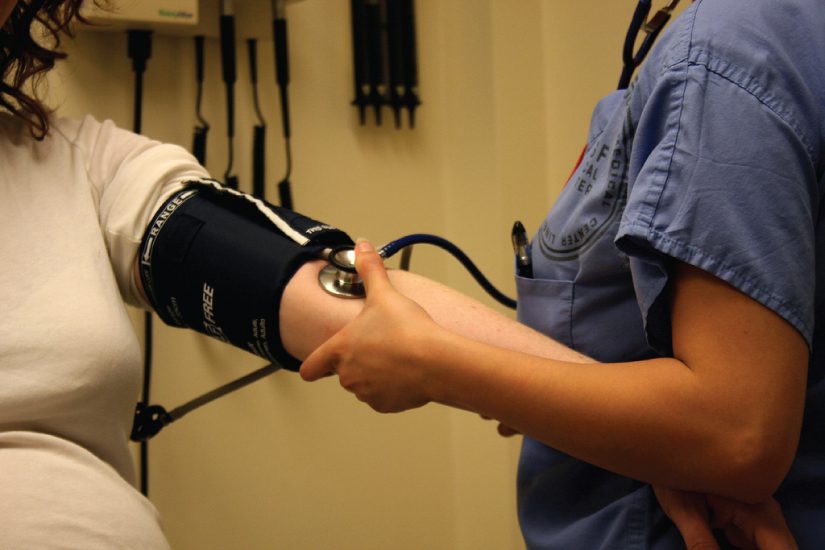
|
Epidemiology Sampling & Confidence Intervals
Author:
Dr.Janet ForresterProfessor
Tufts University School of Medicine
USA
Access: |

1.1 An introduction to the human body Read Online
1.2 The chemical level of organization Read Online

After studying this chapter, you will be able to:
Though you may approach a course in anatomy and physiology strictly as a requirement for your field of study, the knowledge you gain in this course will serve you well in many aspects of your life. An understanding of anatomy and physiology is not only fundamental to any career in the health professions, but it can also benefit your own health. Familiarity with the human body can help you make healthful choices and prompt you to take appropriate action when signs of illness arise. Your knowledge in this field will help you understand news about nutrition, medications, medical devices, and procedures and help you understand genetic or infectious diseases. At some point, everyone will have a problem with some aspect of his or her body and your knowledge can help you to be a better parent, spouse, partner, friend, colleague, or caregiver.
This chapter begins with an overview of anatomy and physiology and a preview of the body regions and functions. It then covers the characteristics of life and how the body works to maintain stable conditions. It introduces a set of standard terms for body structures and for planes and positions in the body that will serve as a foundation for more comprehensive information covered later in the text. It ends with examples of medical imaging used to see inside the living body.
Lect 10: Epidemiology & Biostatistics Sampling and Confidence Intervals
We will teach you how to read and critique medical journal articles using examples from some of the most widely-read medical journals. To critique the medical literature you will need to understand the fundamentals of epidemiologic study design, the sources of bias, and the role of chance. Every discipline has its own jargon. we will cover the terminology used in clinical research, including the basic statistical jargon. The most important concepts are in the lectures and small groups provide you with an opportunity to apply what you have learned from the lecture material to actual medical journal articles.
As future physicians you have an obligation to remain current in your field of practice and to treat patients according to generally accepted standards of care.